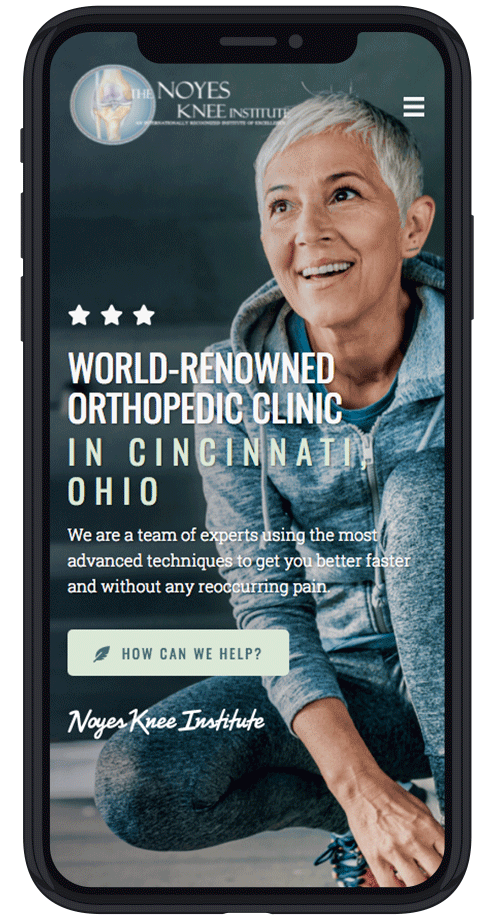Published On
Category
Are you one of millions of Americans that experience chronic pain? Nearly 20% of those that suffer from pain feel it most in their knees, where delicate cartilage can rip and tear from a sudden injury or simply wear away over time. Read on to discover more about the important role cartilage plays and if osteochondral autograft transfer is right for you.
What Causes Knee Pain?
Knee pain can occur when the surrounding cartilage is damaged. Cartilage serves several important functions as it helps hold the knee bones together and cushions the knee joint to allow ease of motion. Articular cartilage is specifically located between the knee joints and is predominantly elastic, tough, and springy to fulfill these functions.
Knee cartilage becomes damaged several ways:
- Direct, strong blows from sports injuries, falls, and accidents
- Extended periods of stress due to obesity or improper technique during sports or normal activity
- Normal wear and tear due to osteoarthritis
Knee pain from damaged cartilage affects your ability to move around, reduces your muscle strength, and lowers your quality of life.
What Are Your Options for Knee Repair?
Fortunately, advances in modern medicine and surgery offer many options to repair your knee and help restore movement and use. Your doctor may recommend several options such as:
- ACL and PCL reconstruction
- Total knee replacement
- Physical therapy and medication
However, knee pain due to damaged or missing articular cartilage can only be remedied by restoring that cartilage. One way to restore the articular cartilage is a special procedure called osteochondral autograft transfer.
What Is an Osteochondral Autograft Transfer?
Cartilage heals itself very slowly. In order to stimulate new cartilage growth more rapidly and consistently, surgeons perform an osteochondral autograft transfer. During operation, surgeons harvest one or more small sample plugs of healthy cartilage from the patient’s knee and implant them in needed areas.
Harvested plugs are taken from less weight-bearing areas of the knee. Once implanted in areas of damaged or missing cartilage, the sample plugs begin to regrow a new area of healthy cartilage.
Who Is a Good Candidate for Osteochondral Autograft Transfer?
If you have knee pain from damaged articular cartilage, you might benefit from an osteochondral autograft transfer. A good candidate is someone who:
- Still possesses a reasonable amount of articular cartilage between the bone joints to enable doctors to harvest healthy plugs. Bone-on-bone damage where no cartilage is present requires a total knee replacement.
- Is physically active and less than 50 years of age. Cartilage transfer benefits patients who still demand an active lifestyle but do not want a total knee replacement.
- Possesses cartilage lesions less than 3 cm in size. Larger areas of damage require a different procedure that uses donor cartilage samples rather than the patient’s own samples.
- Has a normal amount of space between their bone joints to enable regrowth.
Your doctor can determine your eligibility after x-rays, MRI scans, and other exams pinpoint the amount of cartilage damage present, the condition of surrounding cartilage, and how much space remains between bone joints.
What are the Advantages of an Osteochondral Autograft Transfer?
Osteochondral autograft transfer has several advantages associated with it. Because the knee receives implants of live cartilage, no wires, glue, or screws are necessary to complete the procedure.
An osteochondral autograft transfer is competed in one single procedure rather than several. In fact, it can be combined with other procedures like an osteotomy or ligament reconstruction. Finally, it is relatively inexpensive because it uses the patient’s own cartilage rather than that of another donor.
When you are ready to explore your knee cartilage recovery options, the medical professionals at Noyes Knee Institute can explain more about an osteochondral autograft transfer. We can help you overcome your existing knee pain with this or other procedures designed to help restore your cartilage.

